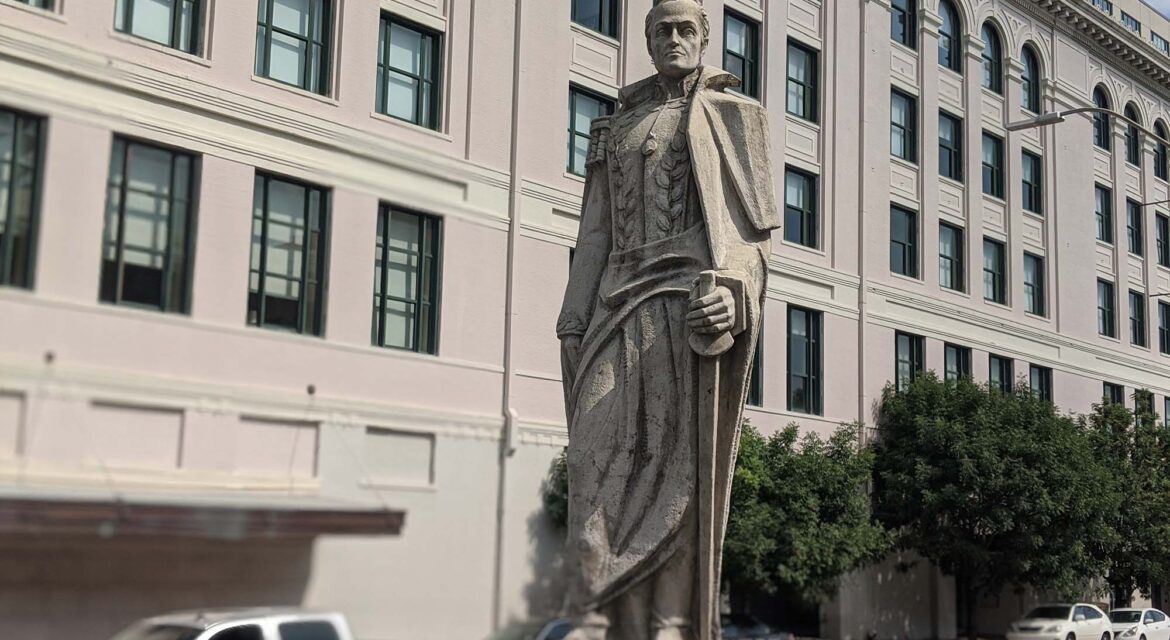 New Orleans contains numerous monuments that have incredible historical and cultural significance. Much of that influence can be directly tied to the numerous nations and people that have defined the past and present of the city. Cajun and Creole are arguably the most notable influences on the city, but for many centuries New Orleans served as the principal port between the United States and numerous Latin American nations, cultivating a strong connection between the city and multiple nations. That would eventually compel an effort to highlight the relationship between New Orleans and numerous Latin American nations, although the true potential of this endeavor was never truly realized.
New Orleans contains numerous monuments that have incredible historical and cultural significance. Much of that influence can be directly tied to the numerous nations and people that have defined the past and present of the city. Cajun and Creole are arguably the most notable influences on the city, but for many centuries New Orleans served as the principal port between the United States and numerous Latin American nations, cultivating a strong connection between the city and multiple nations. That would eventually compel an effort to highlight the relationship between New Orleans and numerous Latin American nations, although the true potential of this endeavor was never truly realized.
In 1957, the mayor of New Orleans announced that the grassy median on Basin Street would become known as the “Garden of the Americas.” Mayor “Chep” Morrison envisioned this initiative as part of his administration’s city-wide beautification project which would also represent the city’s strong connection with Latin America.
Monuments to Simon Bolivar, Benito Juarez and Francisco Morazon would eventually be erected along Basin Street as part of this endeavor. Statues of these three Latin American heroes were installed between 1957 and 1966, with the Juarez monument serving as a gift from the Mexican government. Benito Juarez fled Mexico two separate times to live in New Orleans, making his connection to the city and the “Garden of the Americas” initiative especially prominent. The statue was placed in the neighborhood in which Juarez resided while exiled.

 However, Morrison’s term as mayor ended in 1961, which also ended further developments for or additions to the “Garden of the Americas.” While the three statues that have been erected on Basin Street serve as a symbol of the connection between New Orleans and the countries of Latin America, this connection could have been and still could be further developed and expanded in numerous ways.
However, Morrison’s term as mayor ended in 1961, which also ended further developments for or additions to the “Garden of the Americas.” While the three statues that have been erected on Basin Street serve as a symbol of the connection between New Orleans and the countries of Latin America, this connection could have been and still could be further developed and expanded in numerous ways.
The monuments don’t have any visual connections to one another and while the Simon Bolivar and Francisco Morazon monuments feature places for audiences to relax and gather, these spaces are small and limited. Audiences have limited ways to engage with the spaces or one another or to understand the history between the people and cultures of New Orleans and various countries in Latin America. Doing so could allow the “Garden of the Americas” to be featured in maps and guides of the city in a way it currently does not.
Many of the challenges with celebrating the history of a space or place are associated with knowing what doing so should look like, but the statues that exist on Basin Street illustrate what such an endeavor can look like. The three statues that exist provide stakeholders with countless ways to realize the full potential of the history and legacy associated with the intersecting people and culture of New Orleans and Latin America, illustrating what’s possible when it comes to starting and developing such initiatives.

